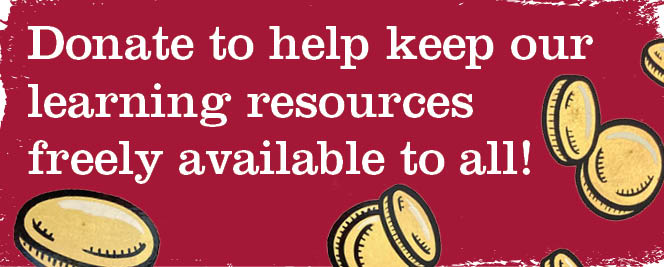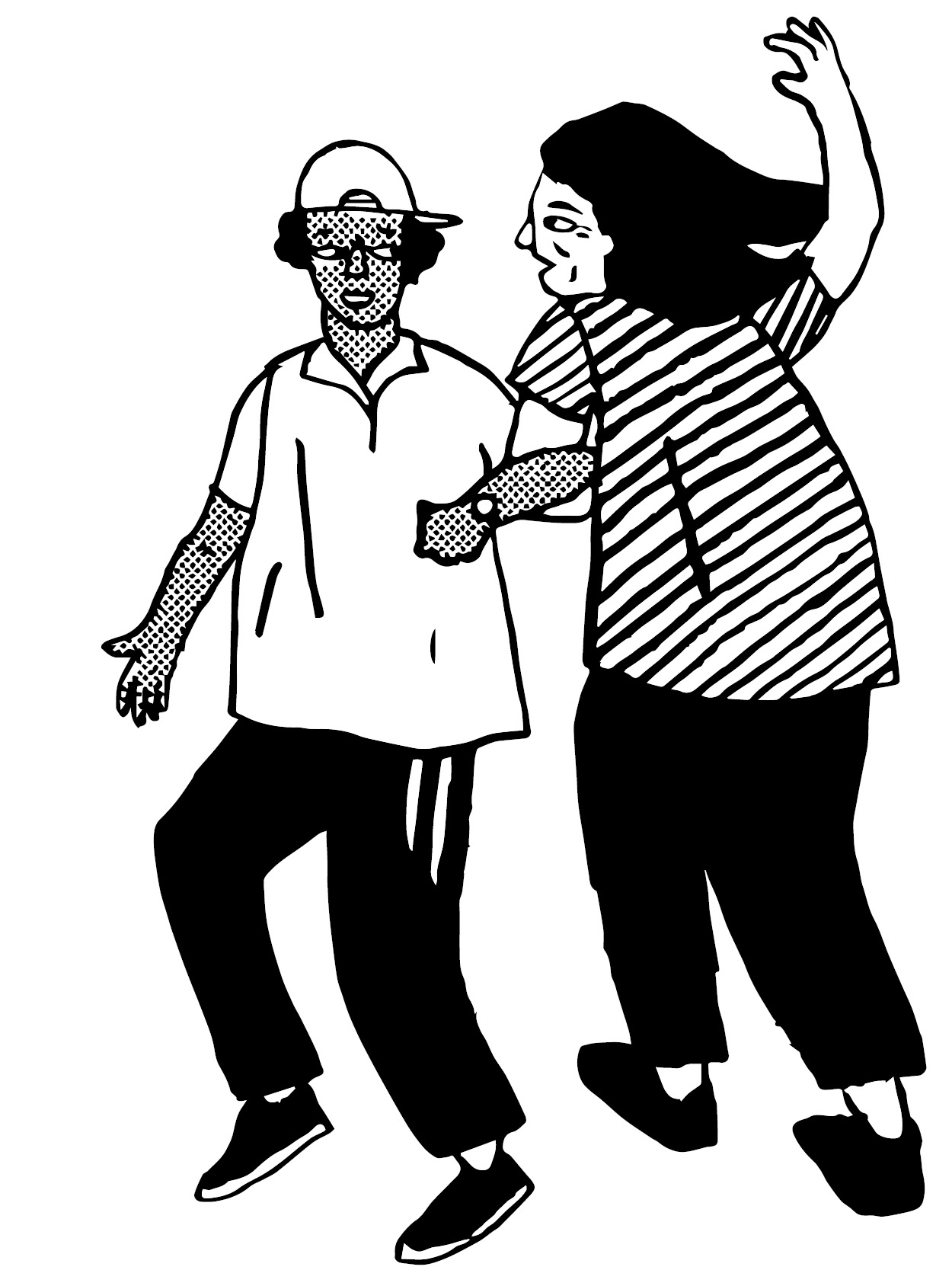Molly Dance
Molly Dance
Where
East Anglia – Mostly Norfolk, Suffolk, Cambridgeshire, also including parts of Bedfordshire, Essex, Hertfordshire and Lincolnshire.
Context
Molly dancing was connected to Plough Monday customs. Plough Monday was the last day of the Christmas holiday. In the 19th century ‘Plough Jags’, a group of men who worked on farms, would take the plough through villages and ask people for money; it was another cadging activity. There was a dark undertone similar to Halloween’s ‘trick or treat’. If no money was received, then the plough jags could threaten to plough up the unlucky victim’s front garden, although there are no verified records of this ever actually happening! Molly dancing was performed with or without a plough by men who worked on the land. The music, costumes, and dances, were usually considered to be quite rough, lacking the complexity of other dance forms. The dances themselves were often versions of country or couple dances (section 14).
What
In its 19th century form molly dance was often linked with poverty. Although we have references to dancers wearing ribbons these might have been strips of any fabric rather than expensive shiny satin. Some groups wore a wide sash of cloth, or a baldric, adorned with rosettes. Some of the costumes seem to have been deliberately humorous.. The Cambridge Chronicle (1851) records:
“Parties of five, dressed and beribboned in a most grotesque fashion to represent various beings, human or otherwise”.
The costumes seem to have a focus on humour or subverting normal expectations by dressing in an unusual manner. In the 1930s groups used masks, face paint, and even goggles!
One of the most distinct elements of molly costume is the use of cross-dressing (see section 12). At least one, but sometimes several members of the team would dress up in women’s clothing. Sometimes the molly was dressed in fine clothes and treated with mock respect, but s/he was also the butt of lewd jokes. 19th century molly groups took pride in the appearance of their ‘Moll’ competing amongst themselves to see who could produce the best dressed. This is probably where the name molly comes from. In the past Molly was an offensive word levied at a man who was homosexual, or a man who did chores that were considered to be woman’s work such as cooking or clothes washing.
Molly dancers today either try to give a historical feel to the dance by wearing Edwardian style working men’s attire adorned with sashes, rosettes, rags, or ribbons. Or else teams wear exuberant costumes which subvert our accepted dressing patterns; wearing loud, bright colours and clothes which are not normally worn together. Some costumes play with, and celebrate, the cross-dressing history of molly dancing. Teams such as Gog Magog Molly wear costumes which make it difficult to see who is a man and who is a woman. It is common for contemporary teams to wear face paint in bright colours and patterns, and many teams have at least one man dressed in women’s clothing, s/he is often known as ‘The Molly’.











